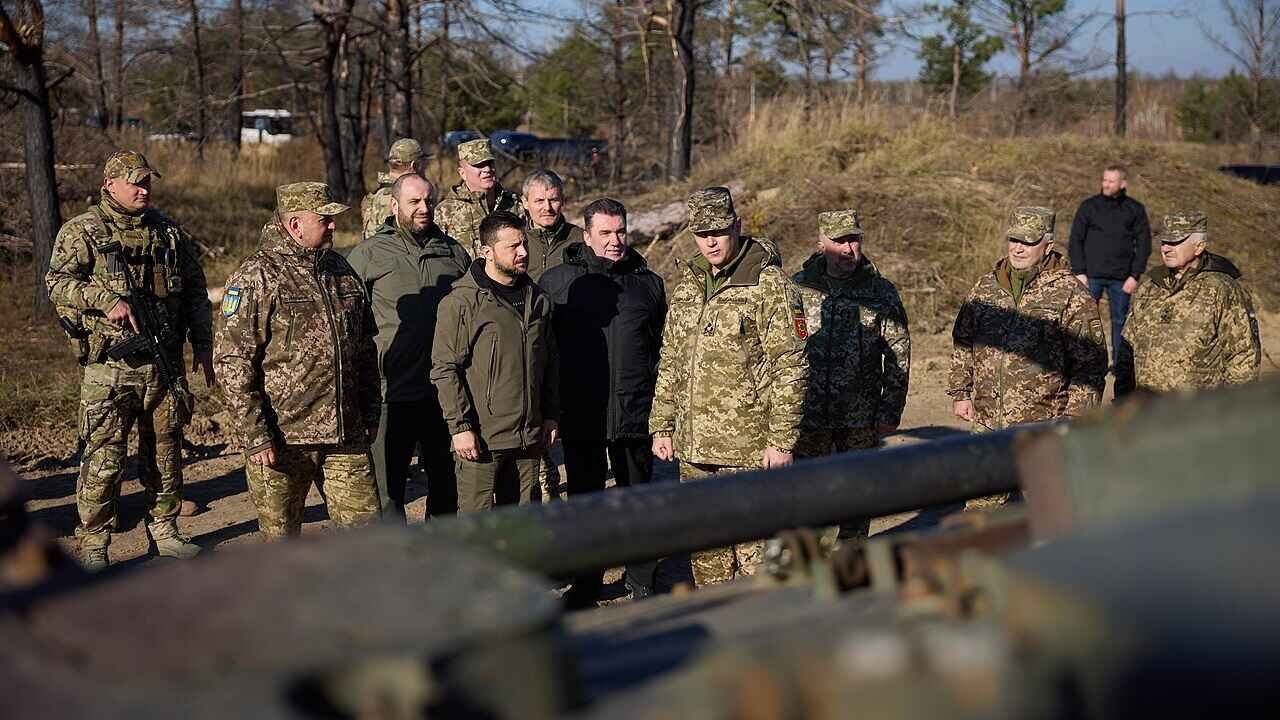Although the North Korean troops were highlighted as a decisive escalation in the conflict, their performance appears to have fallen well short of expectations.
The North Korean contingent that deployed to Russia to fight for Russian President Vladimir Putin has been taken off the line of contact after suffering high losses.
According to the Ukrainian military, the North Korean soldiers have no longer been observed fighting on the frontlines—days after Western estimates suggested that they had lost nearly half their combat capability after weeks of fighting with the Ukrainian military.
Where Are the North Koreans Now?
Ukrainian officials speculated that the North Korean troops that were fighting for the Kremlin had been pulled off the line after suffering heavy losses.
“The presence of DPRK troops has not been observed for about three weeks, and they were probably forced to withdraw,” a spokesperson for the Ukrainian military’s Special Operations Forces, Colonel Oleksandr Kindratenko, told CNN. Kindratenko did not speculate about where Pyongyang’s troops had gone, or what role they would play in the war’s future.
The Russian military leadership used the North Korean troops on the Kursk front. But their contribution was not enough to dislodge the Ukrainian forces and wipe out the salient in place since August.
“We are still in the Kursk region, the Russian forces were not enough to push us out,” Ukrainian President Volodymyr Zelensky said last week during a speech in Davos, Switzerland. Zelensky added that the Russian forces in Kursk Oblast totaled approximately 60,000 Russian troops, in addition to the North Korean contingent.
Ukrainian troops fighting against the North Koreans have acknowledged their determination—but have also highlighted severe shortcomings in their training, which apparently is based on an older version of warfighting. The North Koreans have suffered particularly from Ukrainian drones and artillery.
North Korean Troops Changed the War
In the fall of 2024, the Ukrainian and South Korean intelligence services first revealed that North Korea had sent approximately 11,000 troops to Russia to support the Russian military. At the time, this revelation was seen as one of the most serious escalations in the Ukraine conflict. Though third parties had been supporting the two combatants—the United States and NATO sending arms to Ukraine, and Iran and North Korea sending them to Russia—this was the first time a third country actually sent their own troops to fight.
The escalation was so severe that the United States and NATO finally gave Kyiv the green light to use advanced long-range munitions against targets of military interest inside Russia. Even then, the Ukrainians were instructed to use the Western munitions only inside Kursk Oblast and elsewhere immediately adjacent to the line of contact.
And although the North Korean troops were highlighted as a decisive escalation in the conflict, their performance appears to have fallen well short of expectations. A combination of poor communication, bad leadership, and 1950s-era tactics saw them suffer catastrophic losses with little to show for it. According to a recent Ukrainian Ministry of Defense assessment, the North Korean troops lost more than 4,000 men in just a few weeks of fighting—or nearly 40 percent of the initial combat capability.
Extremely heavy casualties are a daily reality for the Russian forces fighting in Ukraine and Kursk. Russian leader Vladimir Putin is pursuing an attritional strategy that assumes high losses for his own forces. Each day, Ukrainian and American estimates suggest that Russian forces lose around 1,500 troops killed or wounded—with one estimate suggesting that they had lost as many as 2,200 troops in a single 24-hour period. Yet the attritional strategy hurts Ukraine, too—and as Russia’s population is three times greater than Ukraine’s, it appears that Putin can pursue such a strategy indefinitely.
About the Author: Stavros Atlamazoglou
Stavros Atlamazoglou is a seasoned defense journalist specializing in special operations and a Hellenic Army veteran (national service with the 575th Marine Battalion and Army HQ). He holds a BA from the Johns Hopkins University and an MA from the Johns Hopkins’ School of Advanced International Studies (SAIS). His work has been featured in Business Insider, Sandboxx, and SOFREP.
Image: Wikimedia Commons.
